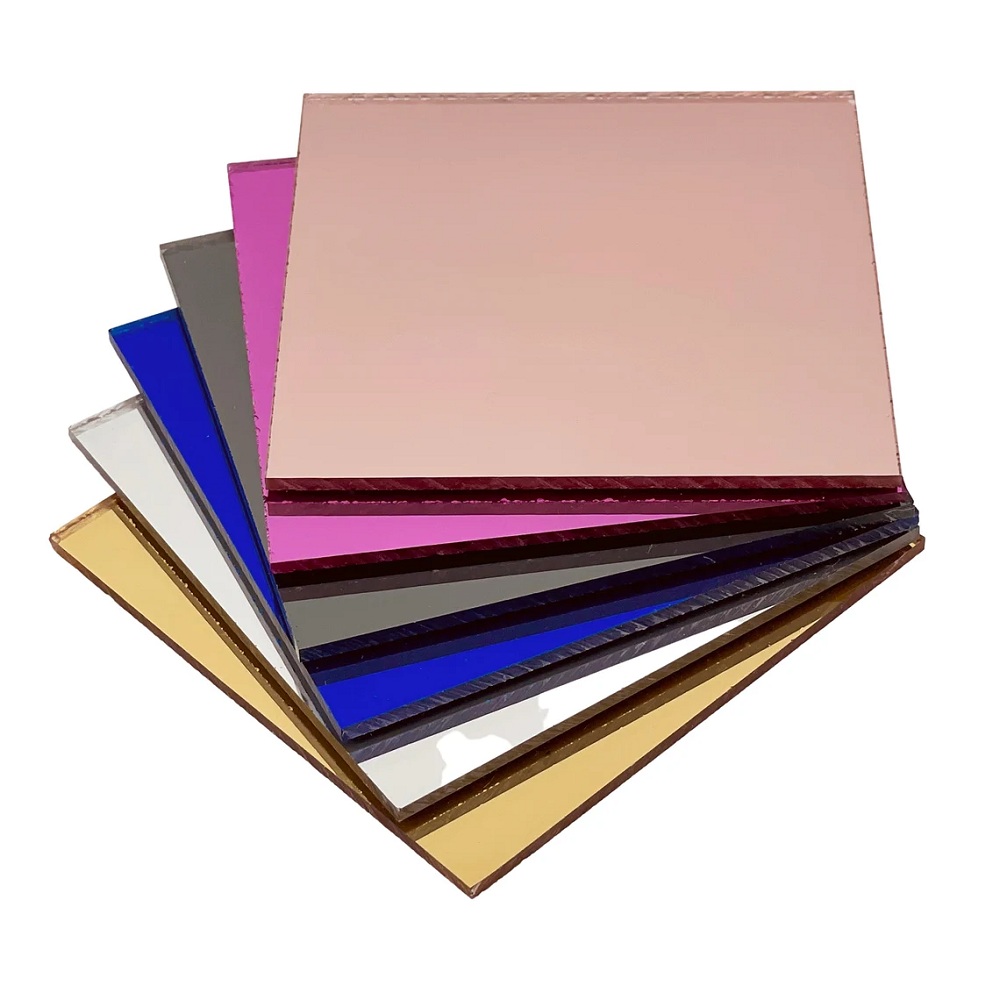Hardcoated sheet can not be glued. Because the hardcoat will resist adhesive chemicals. Read More
Cast acrylic sheet, extruded acrylic sheet, PS sheet, acrylic tube and rod are available in a variety of colors. Please call for availability and pricing. Read More
Acrylic sheet will ignite and burn if placed in an open flame. Polystyrene sheet will smoke. Read More
Xintao coloured acrylic tubes have the characteristics of weather resistance. You can get up to a 96″ diameter in cast acrylic tubing. Read More
Minor scratches can be repaired on the backside by applying a small amount of argent (silver metallic) paint over the scratch. Read More
Polystyrene can be used for a myriad of things, from insulating coolers and cold storage, props for theme parks and movie sets, floatation for pontoons and marinas, the list goes on. Even when the polystyrene has been shaped in to a sheet, its versatility is still quite extensive, especially in the building industry. Read More
Why ban polystyrene foam? Studies show that styrene, a likely carcinogen, can leach from polystyrene foam cups and containers when heated. Never put hot food/drink into polystyrene foam containers, and never microwave these (or any plastic) products! Read More
Plexiglass is a colloquial way to refer to clear acrylic sheets---making acrylic and plexiglass the same product. The origin of the term "plexiglass" comes from a brand of clear cast acrylic sheets called "Plexiglas". But today plexiglass and acrylic are often used interchangeably. Read More
The thickness of an acrylic sheet will positively influence factors like impact resistance. Read More
Because of its low cost, lightweight, strength, and flexibility, it is easily transported, set up, or stored as needed. Its high-quality finish gives it a fresh, clean appearance, and the material itself can be easily cut into custom shapes. Polystyrene sheets are especially useful for many graphic arts applications. Read More










